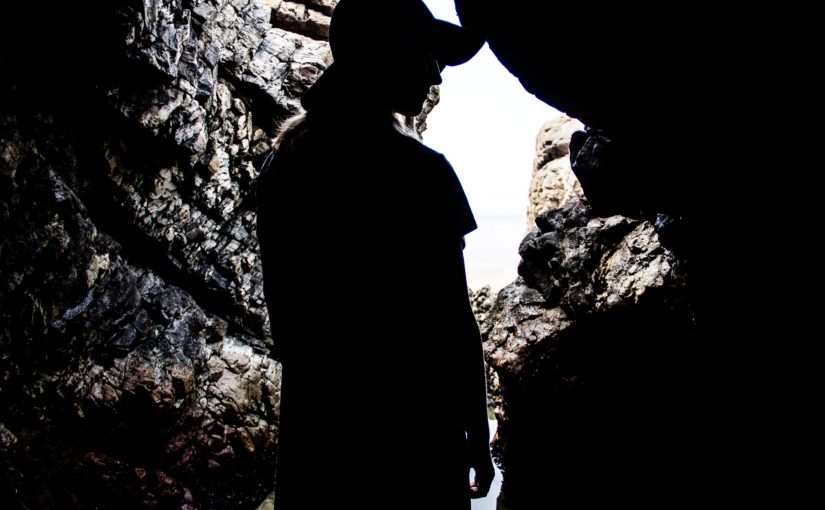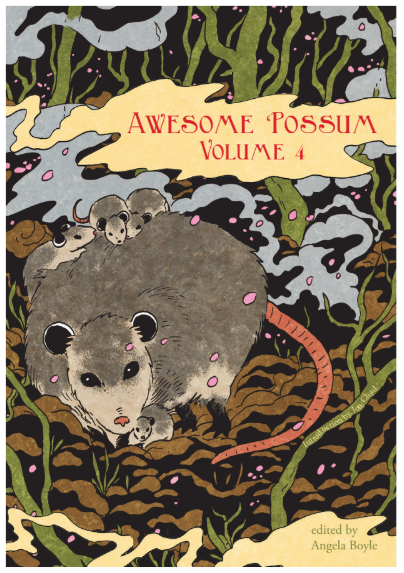Humans have changed the environment drastically, especially in the last century. As our population has grown, so has our effect on our natural world. Much of that impact has, unfortunately, been negative.
Since our population has begun booming, we’ve made gradual changes to the environment — as well as caused some large, environmental disasters that have caused acute harm both to the environment and human health.
An environmental disaster is an event caused by human activity that’s damaging to the environment. This differentiates it from a natural disaster, which occurs due to natural processes.
Our planet and humankind have seen many environmental disasters in the recent past, but a few stand out as especially costly in terms of money, environmental damage and human health impacts. Here are five of the most catastrophic.
- The Dust Bowl
The dust bowl, which occurred in the 1930s in the Southern Plains of the United States, is a well-known environmental disaster. Drought, coupled with rapidly expanding poor agricultural practices, caused dust storms that ripped away the fertile soil of the semi-arid region and created “black blizzards” that reached heights of up to 10,000 feet in the air.
The event made the region virtually uninhabitable and worsened the economic difficulties of the Great Depression. It also inspired lawmakers to pass bills promoting responsible farming practices. It was years before rain finally returned to the region, eventually restoring the plains.
- Chernobyl
The Chernobyl disaster is infamous as the most devastating event involving a nuclear power plant in the planet’s history. In 1986, one of the reactors at Chernobyl in Ukraine exploded, spewing huge amounts of radiation into the air.
The explosion itself killed two workers, and more died in the hours following the event. Twenty-eight workers died in the next four months, as did many emergency responders. The radiation may have caused an increase in instances of thyroid cancer in the region.
The radiation also killed all the trees in the area, and the site is still largely off-limits due to fears about the impacts of lingering radiation.
- Exxon Valdez Oil Spill
When oil spills from a tanker, pipeline or other source, it can harm wildlife and ecosystems and contaminate groundwater and soil, as well as impact human health. The destruction of plant life associated with oil spills can increase erosion by as much as four times the normal amount.
One of the most infamous oil spills occurred in 1989 in Alaska’s Prince William Sound. An oil tanker, called Exxon Valdez, hit a reef that tore open the hull and allowed 11 million gallons of crude oil to spill into the water. The leak killed an estimated 250,000 seabirds, 2,800 otters and 300 harbor seals. You can still find oil under beaches near the location of the accident.
- London Smog
Smog is a common occurrence in cities around the world, but in 1952 in London, it reached unheard-of levels of severity. For five days, a heavy fog merged with sulfurous fumes from coal fires, power plants and vehicle exhaust.
The incident killed around 12,000 people, hospitalized 150,000 and killed thousands of animals. To this day, it remains one of the largest air pollution events in history. It led to the eventual creation of the UK’s Clean Air Act of 1956, which limited the use of coal in cities.
- The Bhopal Disaster
Industry makes our modern life possible, but also comes with environmental risks. In 1984 in Bhopal, India, the worst industrial disaster of all time killed approximately 25,000 people.
On Dec. 2, a chemical plant began leaking a deadly gas known as methyl isocyanate (MIC). Safety systems were not functioning properly, so 27 tons of the gas spread throughout the city.
Many thousands of people died within the next few days of respiratory failure, cardiac arrest and other health problems. The disaster also killed many animals and plants in the area and contaminated the groundwater. Toxic elements still remain at the site today due to improper cleanup.
These environmental disasters had a devastating impact on their local environments, animals and people, and may have also contributed to global issues. As we move forward, we must strive to learn more about our natural world and do our best to protect it.






